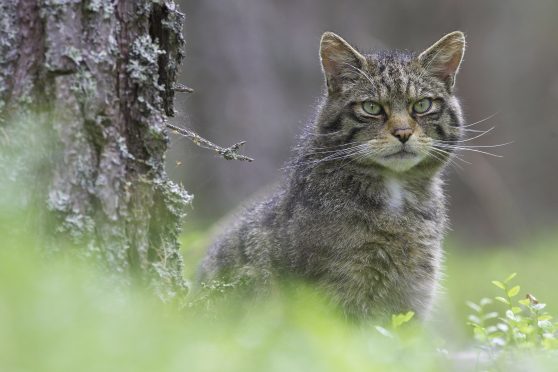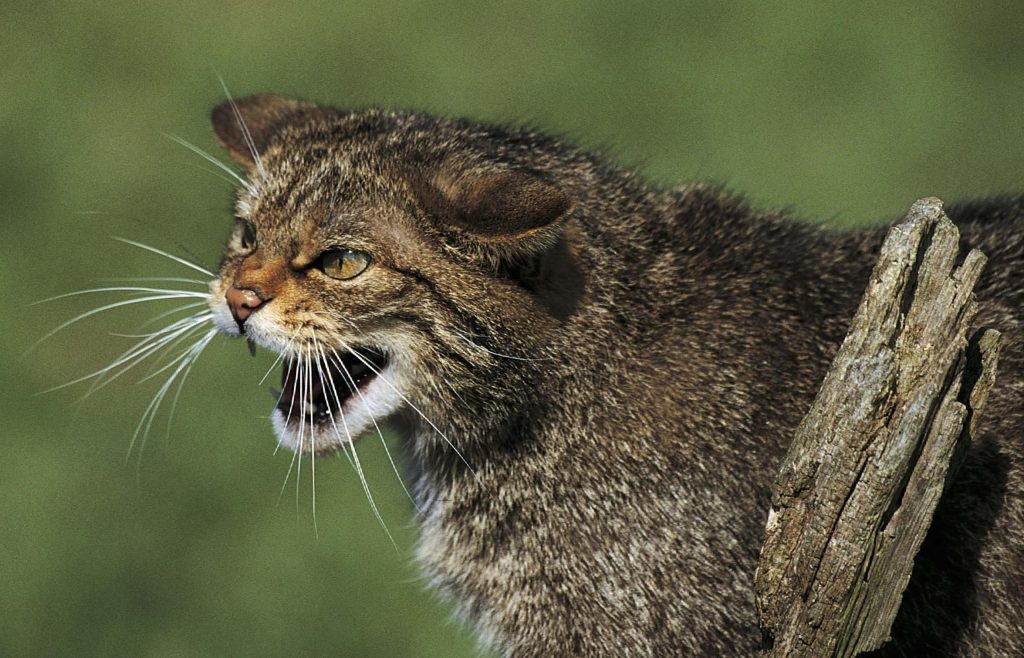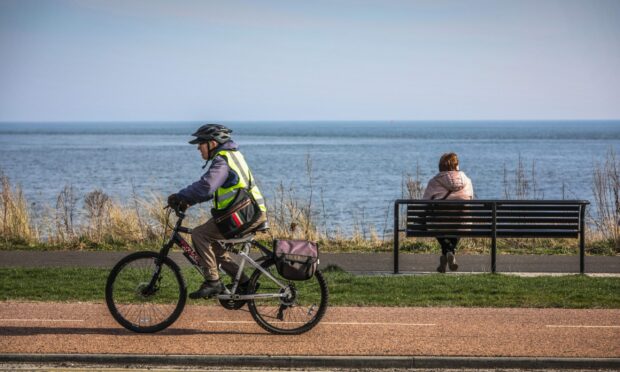Captive-bred Scottish wildcats could be released in the highlands to claw the iconic species back from the edge of extinction.
The publication of a major study into the mammal has revealed the wildcat is under even greater threat than previously thought – with experts believing there is now no longer a “viable population” of the elusive animal.
The Angus glens was one of the target areas within a study to gauge the true state of the species and the impact of threats to its survival including persecution and, crucially, hybridisation through breeding with domestic and feral cats.
Cabinet secretary Roseanna Cunningham said a potential release programme is one of the options under consideration to save the animal from disappearing altogether.
The International Union for Conservation of Nature’s (IUCN) Cat Specialist Group report said cross-breeding had hit wildcat numbers badly from the 1950s to ’80s, with limited food sources and persecution further impacting on numbers.
A 2017 Angus glens initiative highlighted the plight of the species when a £20,000 scheme to catch feral animals led to only nine being captured.
The hills north of Kirriemuir were previously identified as having the most “quality” wildcats of six areas designated as Scottish sanctuaries for the distinctive feline.
>> Keep up to date with the latest news with The Courier newsletter
Ms Cunningham said: “The wildcat is an iconic Scottish species and, as such, I will consider every possible action the Scottish Government can take to save it, including an increased focus on captive breeding and reinforcement of the Scottish population with wildcats from elsewhere.
“We have in place a partnership of scientists and specialists with the knowledge and expertise to give us the best chance of restoring the Highland Tiger as a distinctive and charismatic species in the Scottish countryside, and I look forward to working with them to make this a reality.”
A national wildlife reintroduction centre is also being considered, alongside actions to cut hybridisation through measures such as micro-chipping and neutering of domestic and feral cats.
Scottish Wildcat Action steering group chairman, Dr Andrew Kitchener, principal curator of vertebrates at National Museums Scotland, said: “We now have the strongest and most reliable evidence to date that wildcats are in a more endangered state than previously understood.
“While we believe there are wildcats remaining in the wild in Scotland, there are no longer enough to ensure their continued survival as viable populations. We can now plan the essential next steps to give the wildcat a sustainable future.”
Cat conservation project officer at the Royal Zoological Society of Scotland, David Barclay, said: “We know the road ahead for wildcat recovery will be challenging, but our strong partnerships with SWA and international conservation specialists give us an incredible opportunity for success.”











